Technical Reports Road assets management
This page lists technical reports of PIARC in the field of road assets management. These publications are classified chronologically.
-
Challenges In Resilience Building For Road Disaster Management Coordination And Cooperation In Different Regions - Summary of PIARC & REAAA Joint Session at the IARC Osaka Workshop, May 2025
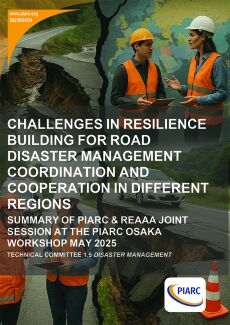
The international workshop was organized by the World Road Association (PIARC) through its Technical Committee 1.5, "Disaster Management," and the Japan Road Association (JARA). The Road Engineering Association of Asia and Australasia (REAAA) collaborated with the event through its Climate Change, Resilience, and Disaster Management Committee. The workshop theme was "Road Disaster Management: Enhancing Coordination, Cooperation, and Diversity". This event provided information on the latest disaster [...]
-
Guidelines for the Implementation of ISO 55001 in Road Organizations
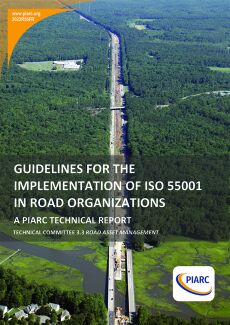
“Asset Management” as defined in ISO standards 55001, aims to enable an organization to obtain value from assets. ISO 55001 offers a structured approach to asset management by focusing on implementation of “risk-based, information-driven, planning and decision-making processes and activities that transform organizational objectives into asset management plans”. To obtain the highest profitability and perform the best possible management of an asset throughout its useful life, from its construction [...]
-
Super-Single Tires Configuration Overview
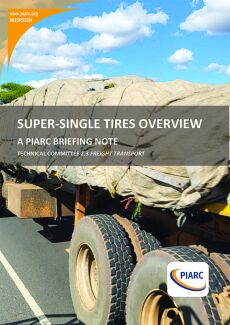
Development of road freight transport is led by economic growth and efficiency. The impact of road freight on infrastructure is very important for road authorities. Physically, the impact on pavement is directly linked to the pressure exerted by vehicle loads, which highly depends on global vehicle weight but also on tires configuration. Looking for more cost-efficient transport, hauliers are looking for trucks that have lower maintenance costs with higher loading capacity. To address this demand, [...]
-
BIM and Digitalization in Road Asset Management
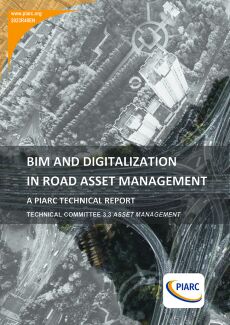
The objective of the work carried out by WG 1 within the field of BIM and Digitalization has been fundamentally to carry out an analysis of the state of the art worldwide of how Digitalization is being applied in Road Asset Management and the BIM methodology. within the same area. From the content of the document, it can be deduced how the level of digitalization in Road Asset Management has reached a high level of technology, however, from what the reader of this report can deduce, there is [...]
-
Disaster Management and Recovery Techniques for Road Administrators - Technical Report
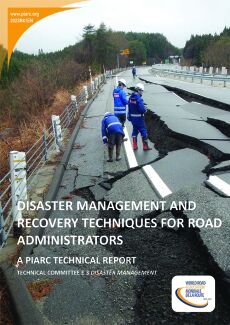
Road networks are one of the most important infrastructure elements that support all kinds of socio-economic activities. In the case of disasters, the role of a road network is more crucial. The purpose of road disaster management is to increase resilience of road networks, effectively and efficiently. Resilience of road networks include not only resilience of the network itself (e.g., planning and construction of alternative road network or alternative transportation) but resilience of road facilities [...]
1 / 65
- Previous
- Next